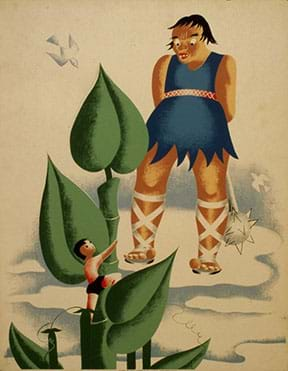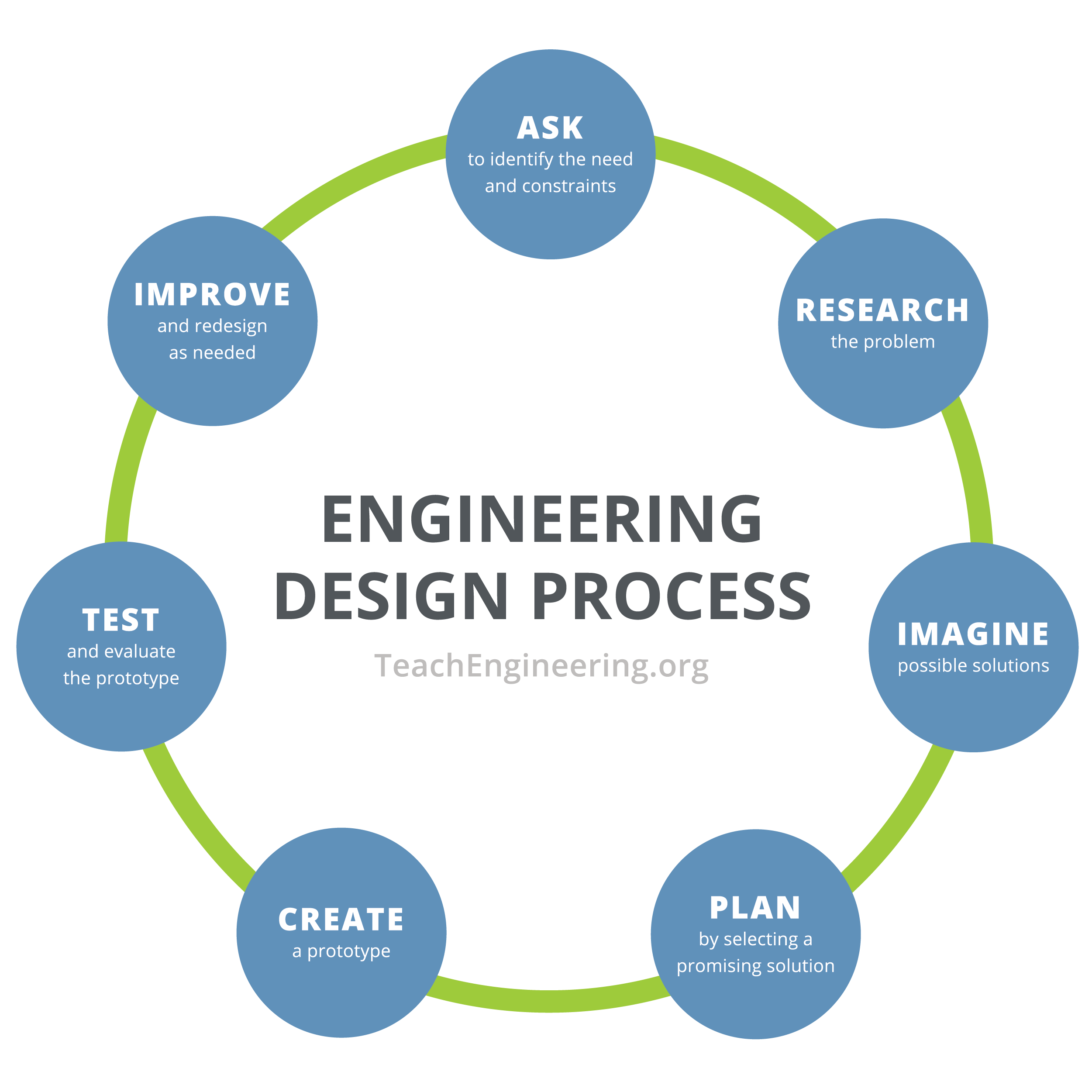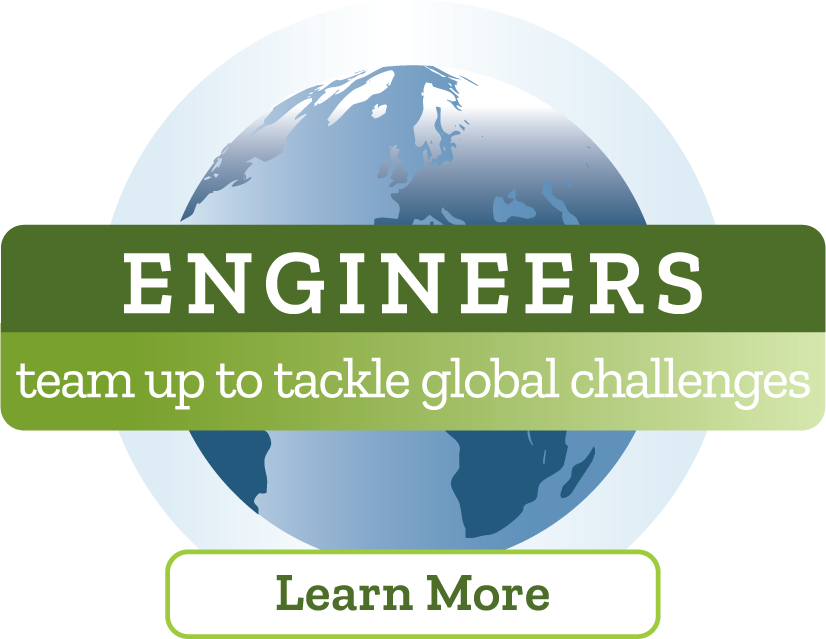Quick Look
Grade Level: K (K-2)
Time Required: 1 hours 30 minutes
(three 30-minute periods)
Expendable Cost/Group: US $0.00 (one-time purchase of Marble Genius set for activity)
Group Size: 2
Activity Dependency: None
Subject Areas: Problem Solving
NGSS Performance Expectations:

| K-2-ETS1-1 |
Summary
In this activity, students design and create a slide that will get Jack away from the Giant as fast as possible. Using the engineering design process, students identify the problem, brainstorm solutions, plan a design, create and test a prototype, and make improvements to help Jack escape the Giant!
Engineering Connection
Engineers work together to identify a problem, brainstorm solutions, plan, build, test, and improve their prototypes before they analyze their data and present their findings. This activity introduces young learners to the basics of engineering and its practices.
Learning Objectives
After this activity, students should be able to:
- Describe what an engineer does.
- Write plans and record data in lab journals.
- Describe the engineering design process.
Educational Standards
Each TeachEngineering lesson or activity is correlated to one or more K-12 science,
technology, engineering or math (STEM) educational standards.
All 100,000+ K-12 STEM standards covered in TeachEngineering are collected, maintained and packaged by the Achievement Standards Network (ASN),
a project of D2L (www.achievementstandards.org).
In the ASN, standards are hierarchically structured: first by source; e.g., by state; within source by type; e.g., science or mathematics;
within type by subtype, then by grade, etc.
Each TeachEngineering lesson or activity is correlated to one or more K-12 science, technology, engineering or math (STEM) educational standards.
All 100,000+ K-12 STEM standards covered in TeachEngineering are collected, maintained and packaged by the Achievement Standards Network (ASN), a project of D2L (www.achievementstandards.org).
In the ASN, standards are hierarchically structured: first by source; e.g., by state; within source by type; e.g., science or mathematics; within type by subtype, then by grade, etc.
NGSS: Next Generation Science Standards - Science
| NGSS Performance Expectation | ||
|---|---|---|
|
K-2-ETS1-1. Ask questions, make observations, and gather information about a situation people want to change to define a simple problem that can be solved through the development of a new or improved object or tool. (Grades K - 2) Do you agree with this alignment? |
||
| Click to view other curriculum aligned to this Performance Expectation | ||
| This activity focuses on the following Three Dimensional Learning aspects of NGSS: | ||
| Science & Engineering Practices | Disciplinary Core Ideas | Crosscutting Concepts |
| Ask questions based on observations to find more information about the natural and/or designed world(s). Alignment agreement: Define a simple problem that can be solved through the development of a new or improved object or tool.Alignment agreement: | A situation that people want to change or create can be approached as a problem to be solved through engineering. Alignment agreement: Asking questions, making observations, and gathering information are helpful in thinking about problems.Alignment agreement: Before beginning to design a solution, it is important to clearly understand the problem.Alignment agreement: | |
International Technology and Engineering Educators Association - Technology
-
Students will develop an understanding of the characteristics and scope of technology.
(Grades
K -
12)
More Details
Do you agree with this alignment?
-
Students will develop an understanding of the role of society in the development and use of technology.
(Grades
K -
12)
More Details
Do you agree with this alignment?
-
Students will develop an understanding of the attributes of design.
(Grades
K -
12)
More Details
Do you agree with this alignment?
-
Students will develop an understanding of engineering design.
(Grades
K -
12)
More Details
Do you agree with this alignment?
State Standards
Florida - English
-
Actively engage in group reading activities with purpose and understanding.
(Grade
K)
More Details
Do you agree with this alignment?
-
With prompting and support, ask and answer questions about key details in a text.
(Grade
K)
More Details
Do you agree with this alignment?
-
Participate in collaborative conversations with diverse partners about kindergarten topics and texts with peers and adults in small and larger groups.
- Follow agreed-upon rules for discussions (e.g., listening to others and taking turns speaking about the topics and texts under discussion).
- Continue a conversation through multiple exchanges.
Do you agree with this alignment?
Florida - Math
-
Model shapes in the world by building shapes from components (e.g., sticks and clay balls) and drawing shapes.
(Grade
K)
More Details
Do you agree with this alignment?
-
Analyze and compare two- and three-dimensional shapes, in different sizes and orientations, using informal language to describe their similarities, differences, parts (e.g., number of sides and vertices/"corners") and other attributes (e.g., having sides of equal length).
(Grade
K)
More Details
Do you agree with this alignment?
-
Compose simple shapes to form larger shapes.
(Grade
K)
More Details
Do you agree with this alignment?
Florida - Science
-
Collaborate with a partner to collect information.
(Grade
K)
More Details
Do you agree with this alignment?
-
Keep records as appropriate -- such as pictorial records -- of investigations conducted.
(Grade
K)
More Details
Do you agree with this alignment?
Florida - Technology
-
Provide and accept constructive criticism on a collaborative project.
(Grades
K -
2)
More Details
Do you agree with this alignment?
Materials List
Each group needs:
- Lab notebooks and/or engineering design recording sheet for each student.
To share with the entire class:
- Jack and the Beanstalk book (available at the school library)
- 1-2 Marble Genius sets or marble maze sets (for example: https://www.amazon.com/Marble-Genius-Run-Super-Set/dp/B01BEPHH4Q/ref=zg_bs_2522040011_2?_encoding=UTF8&psc=1&refRID=2KBEE5CG3CBG97AQRX9A or https://www.lakeshorelearning.com/products/ca/p/PP239/)
- 3-4 stopwatches
- a model of a tree/beanstalk (can create with chart paper or borrow an artificial plant)
Worksheets and Attachments
Visit [www.teachengineering.org/activities/view/uof-2319-jack-escape-slide-engineering-design] to print or download.Introduction/Motivation
What is an engineer? (Let students offer answers.) An engineer is someone who solves problems by designing, creating, and innovating. What kinds of things do engineers do? (Let students offer answers. Possible answers: build things, design things, make things, solve problems, test things, etc.)
That’s right! Engineers solve lots of problems. How do they do this? Engineers have a special process they follow called the engineering design process: ask, research, imagine, plan, create, test and improve. (Write these words on the board or show them the figure below for the students to see.)
First, an engineer needs to “ask” and identify the problem that needs to be solved. Once they know which problem they want to solve, then an engineer “imagines” and brainstorms as many different solutions to the problem that they can (no idea is too crazy!) With a list of different solutions to the problem, the engineer then needs to make a “plan” or a blueprint of how they will make their solution. How can the solution be created in real life? This plan should be as detailed as possible including what kind of materials the solution needs and what the design would look like. The fun part is next, the engineer actually “creates” their solution and tests it to see if it works (that is whether it solves the problem.) Now, remember, we all make mistakes or we find better ways to do things, so after an engineer tests their design, they need to make updates and “improve” their design. The engineer then keeps testing and improving their design to solve the problem!

Today we are going to become engineers. We are going to read a book called Jack and the Beanstalk. We are going to help Jack solve his problem.
Procedure
Background
The purpose of this activity is for students to go through the complete engineering design process to solve a problem.
- Ask—to identify the problem and others' solutions.
- Imagine—to brainstorm and select a solution to test.
- Plan—to specify the design and materials.
- Create—to make and test a model.
- Improve—to ask how the design can be even better and start the cycle again.
After learning what engineers do, the students identify the problem that Jack has in the Jack and the Beanstalk story. Working together, students brainstorm possible ways to help Jack escape the Giant. They then design and build their slides (based on teacher-set constraints), test their slide prototypes, and record their data/final results (how fast it takes for “Jack” to escape the Giant). Finally, they evaluate and present their findings.
With the Students: Day 1
- Go over the engineering design process in the Introduction/Motivation.
- Organize the students into groups of two.
- Read: Jack and the Beanstalk.
- Ask the students: What kinds of problems does Jack have in the story? Have the students discuss their answers with their engineering partner and write their answers down in their lab notebooks. (Potential answer: Jack needs to get away from the Giant quickly to get back home and safe from the Giant.) Optional: Have the students do a Think-Pair-Share to discuss the objective.
- Real-life connection: Ask the students: When might people in real-life need to be able to get down from a high space quickly and safely? (Possible answers: when people need to evacuate a building; sliding out of a plane or ship to get to safety in water.) How do people get down in these real-life situations? (Possible answers: ladders, helicopters, slides, ropes, climbing, jumping.)
- Ask the students: How can Jack get away from the Giant quickly? Have the students brainstorm with their engineering partner and write their answers down in their lab notebooks. (Ideas can be crazy.)
Before the Activity: Day 2
- Lay out all the pieces available from the Marble Genius Run set.
- Create/set-up a tree for students to measure an average height from which their marbles will have to get down from.
- Determine the constraints of the design:
- Determine how many pieces of the maze each team gets to use in their design. (This will likely depend on how many marble maze pieces are available.)
- Determine how fast or slow the marble should take from the top of the marble maze to the bottom. This will likely depend on how many marble maze pieces are available.)
With the Students: Day 2
- Remind students of their brainstorming ideas from the previous day.
- Tell students: Engineers are always making careful observations about materials they want to use. This way they can find out what things work and make them work even better. Have students consider the following questions:
- What do we need to know about the materials we are using? (Potential answers: type of material, strength of material, how much material is available, how much the material costs.)
- How strong does the slide need to be to get Jack home safely?
- How high will it need to be? (Make sure to identify what units are being used to measure length.)
- How fast will it go?
- As a class, measure the tree model (or artificial tree) and come up with an average height from which their marbles will have to get down from.
- Present the materials available for the escape slides.
- Using only these materials, have students design slides to help Jack escape the Giant. They should draw their designs individually and then share their designs with their partners.
- With their partner, students come up with a team design and draw their “final” design including the specific maze pieces they want to use in their slide.
- Scientist and Students will communicate and collaborate with their classmates about the attributes of the marble run pieces build a structure that will quickly get Jack away from the Giant.
- In their lab notebooks or on the I/We can Engineer! Sheet provided, have students work in their teams to draw out the design plan they want to create. They can choose from the list of options developed as a class the day before.
- Once students have come up with a plan, allow them to select the pieces they think will best fit their plan. Place a piece per group limit to budget the number of pieces each group can use.
- Students can test their slides to see if they work and make improvements as necessary
- Closing discussion for the day: Facilitate a discussion with the class about their experience for the planning and building part of this activity. Write student responses on chart paper to show/track any growth mindset experiences.
- What did you do that made you think hard?
- What happened today that made you keep going?
- What can you learn from this?
- How did you work with your partner/team?
- What mistake did you make that taught you something?
Before the Activity: Day 3
- Create/set-up a tree for students to measure an average height from which their marbles will have to get down from.
- Have stopwatches available.
With the Students
- Tell students: Engineers test their prototypes and record data to help learn about and improve their inventions. “Today we are going to test our potential escape routes for Jack to get away from the Giant.”
- Have students work together to set up the slides at the tree for testing.
- Each group will go one at a time.
- The teacher and a student can measure how quickly the marble goes down the slide and provide an average time for the students to record. (Make sure to identify what units are being used to measure time)
- After all slides have been tested, discuss the results as a whole class. It is important to remind the students that their ultimate goal as a class is to get Jack home safe, NOT who built the fastest slide. Ask the students:
- Why do you think different slides had different times? What features allowed the marble to go slower or faster?
- Are there any results that surprised you? Why?
- What engineering design steps did we use as a class to determine how to get Jack home safe?
- Include some more growth mindset questions:
- How would you improve your design for next time?
- How well did you work with your partner today?
- How well did you do today?
- What did you learn from this engineering experience?
- Celebrate as a group that they got Jack home safe!
Vocabulary/Definitions
data: Information collected to analyze and look for patterns.
engineer: A person who identifies problems in the world around them and conducts tests to find solutions to a problem.
prototype: An original example model that is used to test an idea or invention.
Assessment
Pre-Activity Assessment
Discussion: Conduct the What is a engineer? discussion in the activity introduction.
Activity Embedded Assessment
Discussion and questions: Conduct the closing discussion of Activity 1 – Engineering discussion and growth mindset questions.
Post-Activity Assessment
Post activity assessment in results and lessons learned discussion at end of activity 2 – Engineering discussion and additional growth mindset questions.
Activity Extensions
- Instead of using the Marble Genius, students can use recycled supplies to create the slides.
Activity Scaling
- For higher grades, students can independently write their answers to the assessment questions in their lab notebooks.
- For higher grades, students can be given a budget and each maze piece has an assigned cost.
Subscribe
Get the inside scoop on all things TeachEngineering such as new site features, curriculum updates, video releases, and more by signing up for our newsletter!Copyright
© 2017 by Regents of the University of Colorado; original © 2017 University of FloridaContributors
Jan SeebeckSupporting Program
Multidisciplinary Research Experiences for Teachers of Elementary Grades, Herbert Wertheim College of Engineering, University of FloridaAcknowledgements
This curriculum was based upon work supported by the National Science Foundation under RET grant no. EEC 1711543— Engineering for Biology: Multidisciplinary Research Experiences for Teachers in Elementary Grades (MRET) through the College of Engineering at the University of Florida. Any opinions, findings, and conclusions or recommendations expressed in this material are those of the authors and do not necessarily reflect the views of the National Science Foundation.
Last modified: May 4, 2022






User Comments & Tips